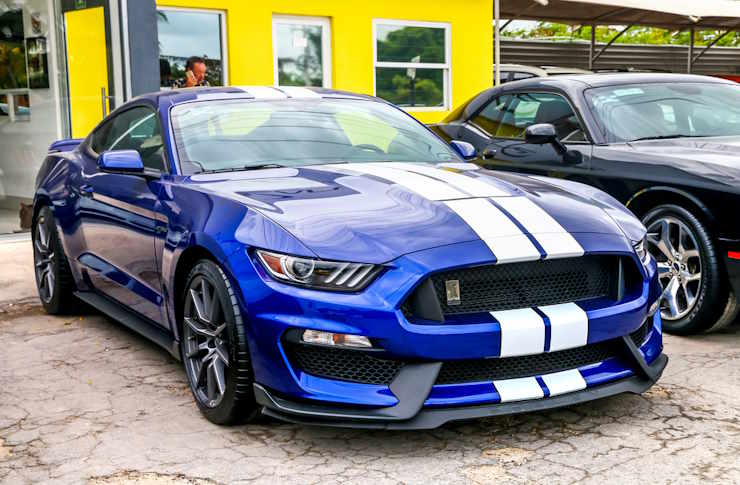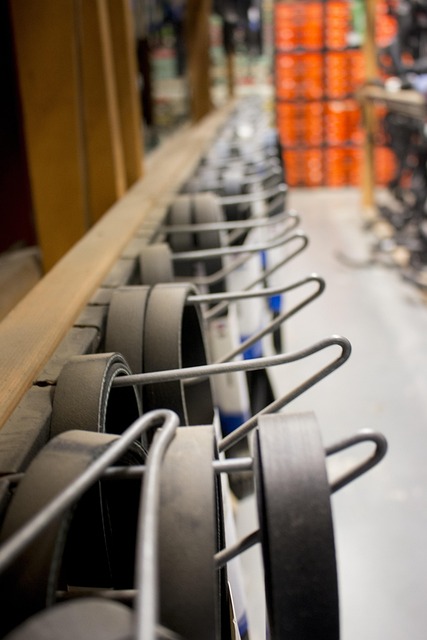Ultimate Guide To The 1969 Ford Mustang - An Unforgettable Legend
The 1969 Ford Mustang represents a pivotal moment in American automotive history, marking the end of the first generation of this iconic pony car. During this model year, Ford introduced several design refinements and performance enhancements that would define the Mustang's legacy for decades to come. This comprehensive guide explores every aspect of the 1969 Ford Mustang, from its distinctive features and impressive performance capabilities to its current market value and enduring appeal among collectors worldwide.

What Made the 1969 Ford Mustang Features Stand Out
The 1969 Ford Mustang featured several notable design changes that distinguished it from previous model years. Ford extended the overall length by approximately 3.8 inches, creating a more aggressive and muscular appearance. The front end received a complete redesign with quad headlights replacing the previous dual headlight configuration. The grille became more pronounced with a distinctive honeycomb pattern, while the side scoops were repositioned and enlarged for improved functionality and visual impact.
Interior improvements included redesigned dashboard controls, new seat options, and enhanced comfort features. The instrument cluster received updates with improved readability, and buyers could select from various trim levels including the base hardtop, convertible, and the performance-oriented Mach 1 variant. These design elements combined to create a more refined yet sportier appearance that appealed to a broader range of buyers.
How Did 1969 Ford Mustang Performance Compare to Competitors
The 1969 Ford Mustang Performance options ranged from economical to extraordinary, catering to diverse driving preferences and budgets. The base engine was a 200-cubic-inch inline-six producing 115 horsepower, providing adequate performance for daily driving. However, the real excitement came from the V8 options, starting with the 302-cubic-inch small block generating 220 horsepower.
Performance enthusiasts could opt for the 390-cubic-inch big block V8, delivering 320 horsepower and substantial torque for impressive acceleration. The pinnacle of 1969 Mustang performance was the 428 Cobra Jet engine, producing 335 horsepower and capable of propelling the car from zero to sixty miles per hour in under six seconds. This engine option transformed the Mustang into a legitimate muscle car competitor, rivaling offerings from Chevrolet, Dodge, and Plymouth during the height of the horsepower wars.
Understanding 1969 Ford Mustang Costs in Today’s Market
Current 1969 Ford Mustang Costs vary significantly based on condition, engine configuration, and rarity. Entry-level examples requiring restoration typically start around $15,000 to $25,000, while well-maintained original vehicles can command $35,000 to $60,000. High-performance variants like the Mach 1 and Boss models often exceed $75,000, with exceptional examples reaching six-figure territory.
Restoration costs should also be considered when evaluating purchase decisions. A complete professional restoration can cost between $40,000 and $80,000, depending on the extent of work required and desired quality level. Mechanical restoration focusing on engine and drivetrain typically ranges from $15,000 to $30,000, while bodywork and paint can add another $20,000 to $40,000 for show-quality results.
| Configuration | Price Range | Condition | Notes |
|---|---|---|---|
| Base Six-Cylinder | $15,000 - $35,000 | Fair to Good | Most affordable entry point |
| V8 Fastback | $25,000 - $55,000 | Good to Excellent | Popular body style premium |
| Mach 1 | $45,000 - $85,000 | Good to Excellent | Performance package appeal |
| Boss 302/429 | $85,000 - $200,000+ | Excellent to Concours | Rare, highly sought-after |
Prices, rates, or cost estimates mentioned in this article are based on the latest available information but may change over time. Independent research is advised before making financial decisions.
Why Is the 1969 Ford Mustang a Collectors Dream
The question of 1969 Ford Mustang why is it a collectors dream involves multiple factors that contribute to its enduring desirability. This model year represents the final iteration of the original Mustang design philosophy before the platform underwent significant changes in 1970. Collectors appreciate the 1969 model’s perfect balance between classic Mustang styling and modern performance capabilities.
Rarity plays a crucial role in collector appeal, particularly for high-performance variants like the Boss 302 and Boss 429 models. These limited-production vehicles were designed for racing homologation and featured specialized engines and suspension components unavailable in standard models. The Boss 429, with only 857 units produced, remains one of the most coveted American muscle cars ever manufactured.
Historical significance also enhances collector interest, as the 1969 Mustang appeared during the peak of the muscle car era and represented Ford’s serious commitment to performance. The model’s appearances in popular culture, including movies and television shows, have maintained public awareness and desirability across multiple generations of enthusiasts.
Maintenance and Ownership Considerations
Owning a 1969 Ford Mustang requires understanding both the rewards and responsibilities of classic car ownership. Parts availability remains generally good for most components, thanks to the model’s popularity and active reproduction market. Engine parts for common V8 configurations are readily available, while specialized components for rare variants may require more extensive searching and higher costs.
Regular maintenance differs from modern vehicles, requiring more frequent attention to carburetion, ignition timing, and cooling systems. Owners should budget for periodic tune-ups, fluid changes, and preventive maintenance to ensure reliable operation. Professional classic car mechanics familiar with vintage Ford systems can provide valuable expertise for complex repairs and restoration work.
The 1969 Ford Mustang continues to represent an exceptional combination of classic American styling, impressive performance potential, and strong investment prospects. Whether purchased as a weekend cruiser, restoration project, or long-term investment, this iconic vehicle offers enthusiasts an authentic connection to one of the most exciting periods in automotive history. Its enduring popularity ensures continued parts support and expert knowledge, making ownership practical for dedicated enthusiasts willing to embrace the classic car experience.




